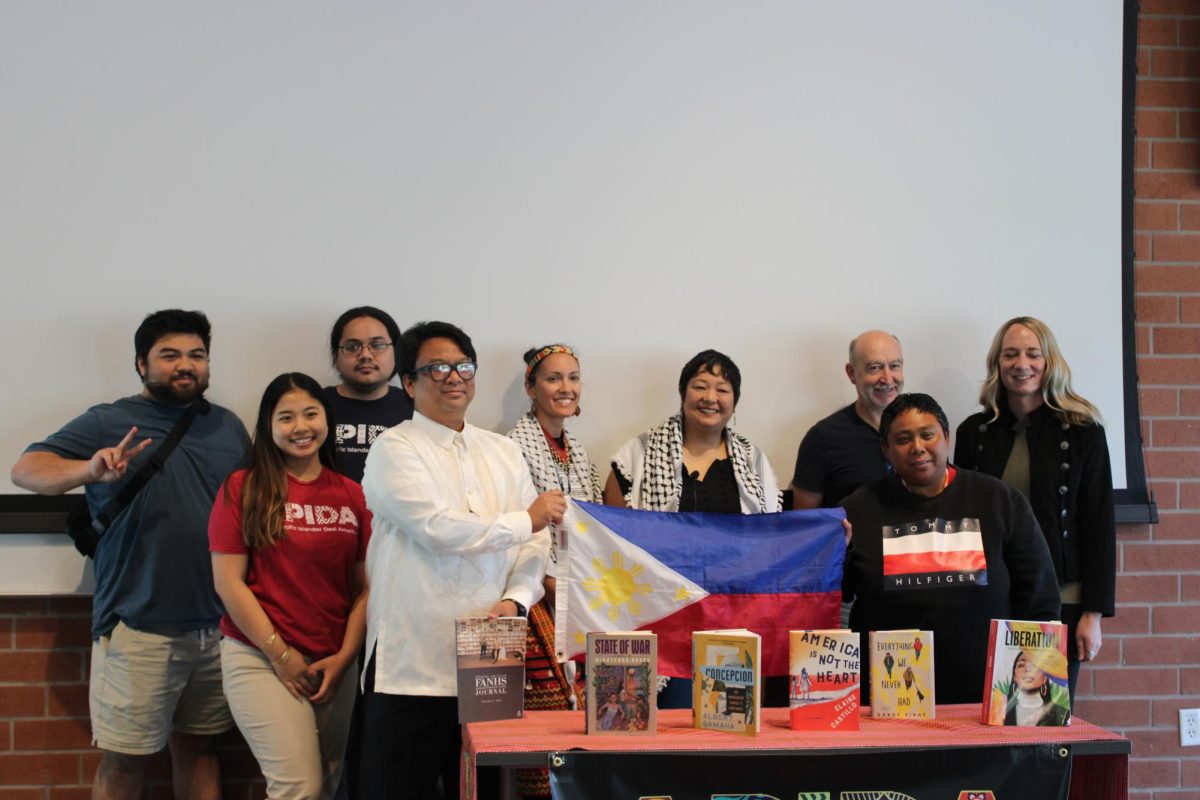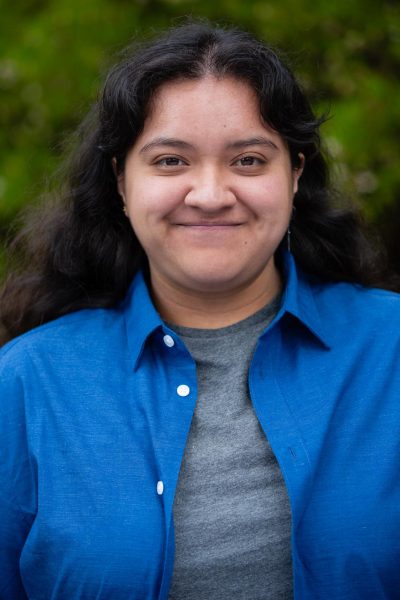When most people hear about Filipino heritage, they usually think of things such as jeepneys, ube ice cream, adobo and karaoke. However, many people fail to find instances of historic moments throughout the Philippine’s past.
Dr. Lily Ann Villaraza, who currently teaches Philippine history and Filipino related studies at City College of San Francisco, spoke at Contra Costa College at Fireside hall how even though examples like these do show Filipino culture, it does not show history.
“We need to learn and critique how that history is being told. We were taught that it’s just timelines and events,” said Villaraza.
Villaraza argued that “the difference between history and context is that history provides a context. It tells us the why and the how.”
Villaraza knows that there is room for both history and heritage, but when combined, their individual aspects can be overlooked. Villiaraza stated, “People mistake heritage and history, they forget the ugly.”
Villaraza studied under educators who put her in the path of understanding a lot of things that many Filipinos and Filipino Americans may not know. Villaraza says Filipino history “should be accessible everywhere; this should be a part of history classes in a K through 12. This should be in our community colleges and universities.”
“It is the stories that make up the history of how Filipinos helped build this nation which most history either does not add or rarely acknowledge” Villaraza said
There are many books and many famous historical Filipino people. But many might not even know who they are.
“Filipino history month is about our place, our presence and our country,” said Villaraza.
Villaraza mentioned moments in Filipino history, such as the Philippines being colonized by the U.S. from 1898 until 1946. While it should be noticed, it often isn’t even acknowledged in our very own American history books, she said.
“There are areas of American history in which Filipinos were impacted by such as the Hanapepe massacre in Hawaii, the hate crime of Joseph Ileto in Los Angeles and Filipinos fighting for ethnic studies when they were endangered at the University of California Berkeley,” Villaraza explained. The people who lived on the islands of the Philippines weren’t originally called Filipinos; they were known as Indios until they were regionalized.
There is a lot of silence surrounding the topic, which is why it is important to Villaraza. Now, there are more opportunities to access Filipino resources in the Bay Area. But these are often more related to heritage rather than history.
There are resources such as Filipino the Filipino , which promotes Filipino American history. Right now, only 6% of students identify as Filipino across the Contra Costa Community College District, according to the district’s student population data. Contra Costa College students make up 20.5% of that.
Villaraza wants more accessibility to Filipino history for students.
“Since there is a lack of teachers, it is hard to find extra classes such as these,” said Villaraza. She teaches the only class in the district that currently includes the educational history of Filipinos, and she encourages people to take the course online if they want to learn more about Filipino history.



